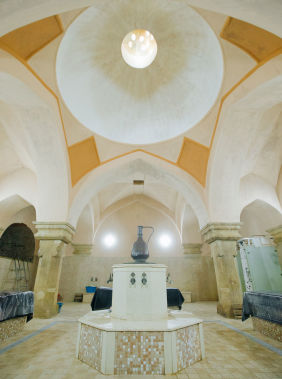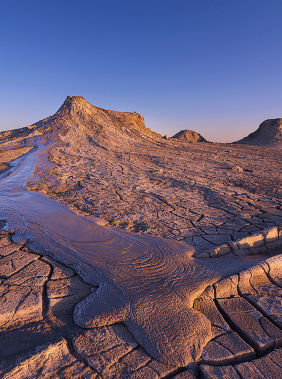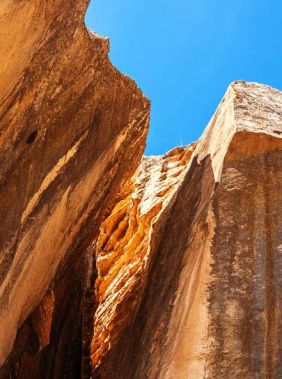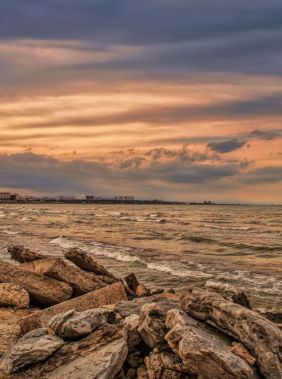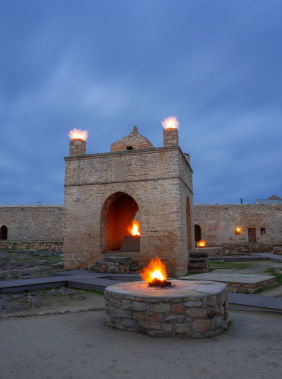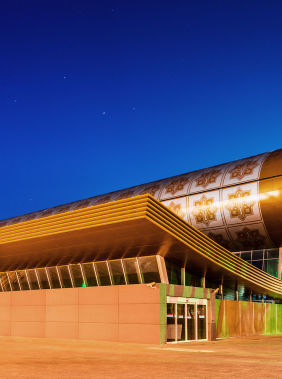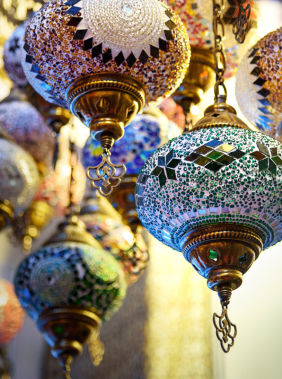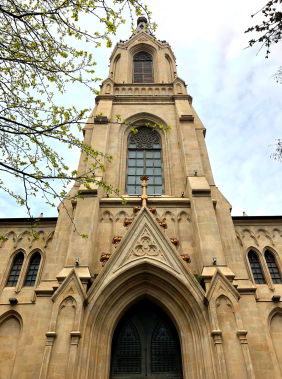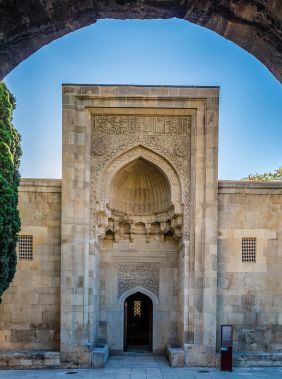general info
Shamkir, Medieval City
Shamkir city is a perfect place to explore Azerbaijan’s medieval history. The excavations here reveal a history that has long been hidden underground. These studies, conducted over an area of more than half a hectare, have brought to light rich archaeological discoveries at a depth of 5-6 metres. The ancient walls of Naringala, discovered during the excavations, have withstood through ages and been preserved until today, while only a part of the city’s fortress walls has been explored.
The Shamkir Archaeological Monument showcases fascinating examples of medieval architecture, and the numerous ceramic shards and metal artefacts discovered at the site provide deep insight into the daily life and the craftsmanship of its inhabitants. Visiting Shamkir is an exceptional experience for anyone seeking to explore history and immerse themselves in a rich cultural heritage.
Goytepe, Neolithic Monument
Goytepe is among the largest Neolithic settlements in Azerbaijan and the South Caucasus. Covering an area of more than 2 hectares, the monument dates to the 6th millennium BCE.
Goytepe, a settlement of early humans, provides valuable insights into the labour tools, and the preliminary stages of agriculture. Discovered ceramic items and stone tools offer us the opportunity to take a virtual journey into ancient cultures and the periods of human evolution.
Gabala, the Remains of the Ancient Capital City of Caucasian Albania
Gabala is one of the most important archaeological landmarks in Azerbaijan. The excavations conducted over the past 80 years have provided valuable information, allowing for a deeper study of the history of urban civilisation in the Caucasian region. The Gabala State Historical and Artistic Reserve was established to protect the archaeological site and the historical and cultural monuments located there.
The Parts of Gabala City
The city of Gabala consists of three main parts: Gala, Salbir, and Chaggalli. The research conducted in the Chaggalli area (50 hectares) demonstrates a vibrant urban life from the 4th century BCE until the end of the 1st century CE. Rich cultural layers dating from the 1st and 17th centuries have been uncovered in the Salbir and Gala parts.
Archaeological Findings
Land of Gabala is a treasure trove, holding historical secrets that have been preserved for centuries. The numerous coins and tangible artefacts found in Gabala during excavations prove the city's trade relations with the Chinese, Middle East, and Roman empires in ancient times. The discovery of rare Sassanid-period coins and other ancient artefacts brings fresh perspectives on the region’s rich history.
Rich History and Culture
A visit to Gabala allows you to explore not only the ancient urban life but also immerse yourself in Azerbaijan's vibrant history and culture. This corner, filled with the secrets of the past, provides an unforgettable experience for historical enthusiasts and archaeology lovers.
Archaeological Remains of the Medieval City of Aghsu
Aghsu was one of the largest cities in Azerbaijan during the 18th century. An eponymous fortress, built in 1735 by Nadir Shah, served as the region’s most important residence for a long time. Known as the home of the Shirvan khans, this fortress also played a key role in the uprisings of the people living in Shirvan region against Nadir Shah.
Historical Battles and Traces of Travellers
The Aghsu Fortress has witnessed many battles and sieges throughout history. It was attacked by prominent figures such as Haji Chalabi Khan, Mahammadhasan Khan, Fatali Khan, and Valerian Zubov. Famous 18th-century explorers Samuel Gmelin and Biberstein featured the Aghsu Fortress in their works.
Beshbarmag Archaeological Monument: Intersection of History and Nature
The “Beshbarmag Mount” State Historical, Cultural, and Nature Reserve is one of Azerbaijan's most remarkable sites, with its mysterious past and breathtaking nature. Research reveals that the history of this place stretches back to the 3rd millennium BCE.
Significant Features of Tourism
- Location: Mount Beshbarmag is just 95-100 km away from Baku city.
- Crossroads of historical roads: Throughout history, all important roads from the north, south, and other directions passed through this area.
- Rich archaeological monuments:
- Parallel walls in the Beshbarmag area
- Remains of the Caravanserai
- Beshbarmag Fortress
- Early Bronze Age settlement
- Ancient Cemetery (sarcophagus-type gravestones)
- Khidr Zinda Shrine (sacred place for individuals of various religious beliefs)
Public Events and Visits
Large-scale theatrical performances can be organised around the parallel walls and fortress in Beshbarmag, in front of historical landmarks. These locations also serve as unique pilgrimage sites for both local and international tourists.
Beshbarmag Mountain is not only an attractive tourism destination for nature and culture enthusiasts but also a hub for historical exploration.
The Tepabashi Necropolis
The Tepabashi necropolis is an underground archaeological museum located in Fazil village, 30 km from the city of Shaki, Azerbaijan. The Labyrinth, or the so-called “Eternal Silence World” showcases and preserves the rich archaeological finds of this region.
The Archaeological Treasure Reflecting the History of Shaki
The Tepabashi necropolis, located in the territory of Fazil village in the Shaki region, is an ancient burial site and settlement dating back to the Late Bronze, Iron, and Antique Ages. This monument is an important archaeological treasure that allows for the study of the historical development periods (burial traditions, socio-economic life, religious beliefs, etc.) of the northwestern zone of Azerbaijan, including the Shaki district. In the jar burial and earthen graves located in this area, clay figurines (female deities), pottery vessels, weapon types, various items made of bronze and iron, cowrie shells, and bead samples have been discovered. Additionally, ceramic kilns, farm structures, and other findings have also been unearthed.Top of Form
Archaeological Heritage of the Basgal State Historical and Cultural Reserve
Basgal is a historical place that preserves the medieval urban culture and traditions of Azerbaijan. People have been settled in the vicinity of Basgal since the 5th millennium BCE, engaging in agricultural activities.
Rich History and Culture
At the end of the first millennium BCE and the beginning of the Common Era, Basgal and its surrounding regions were home to particularly vibrant life. Archaeological excavations around Basgal have uncovered a wealth of material culture from this period. Artefacts found in the Girlartepe, Galalar, and Kuraduvan areas shed light on the ancient history and culture of this region. Archaeological research conducted at the Sheikh Mohammed Mosque, built in 1531, revealed the existence of six different cultural layers, as well as a medieval sewage network and ancient craft tools.
Book tour
GEO Travel - https://geo-mice.az/
TEG Tour - https://teg.az/







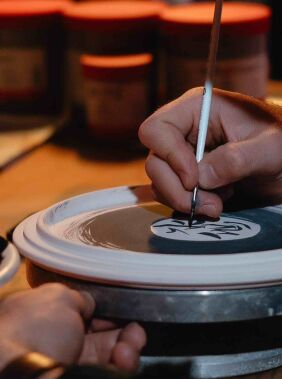
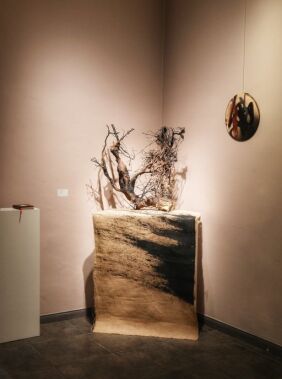

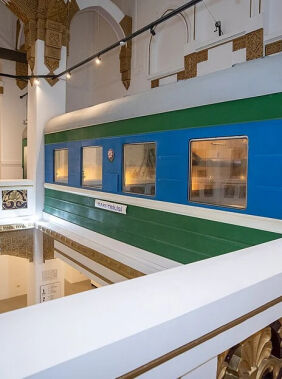
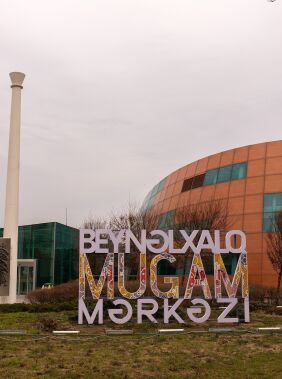

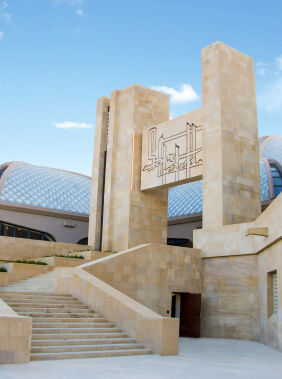
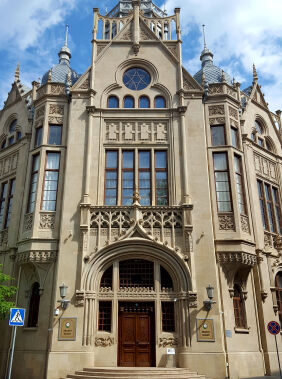
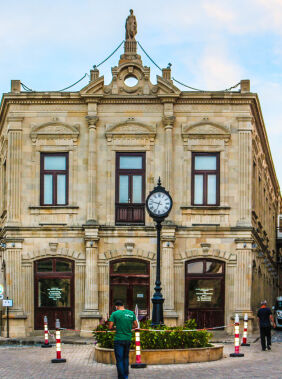

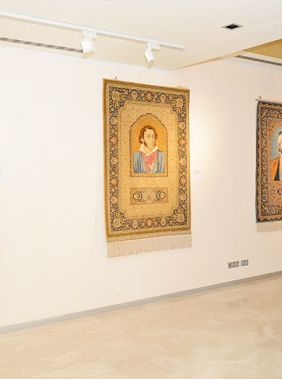


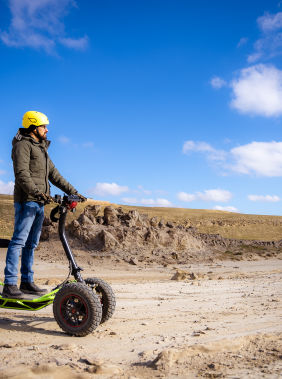
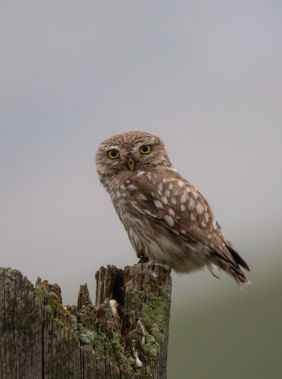
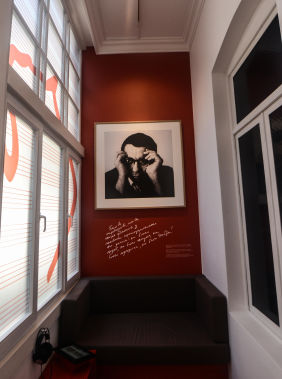
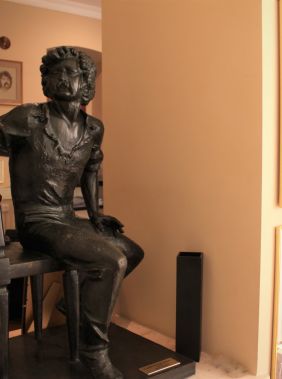
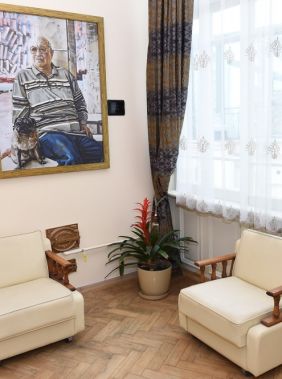
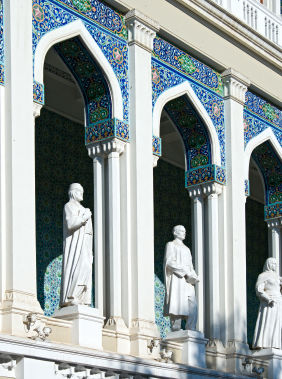
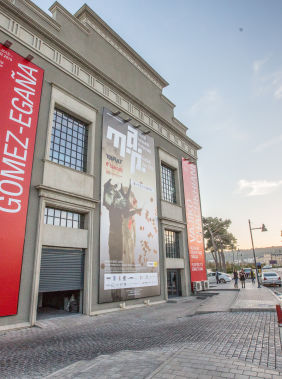
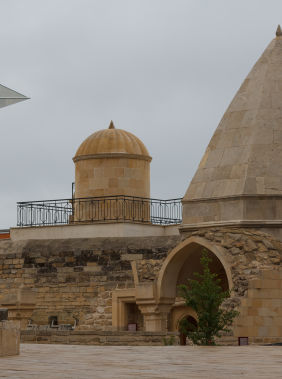
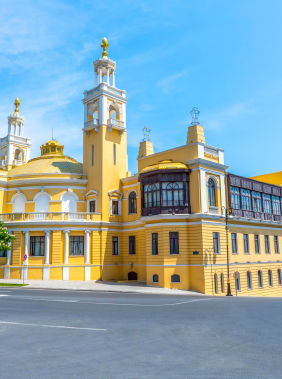
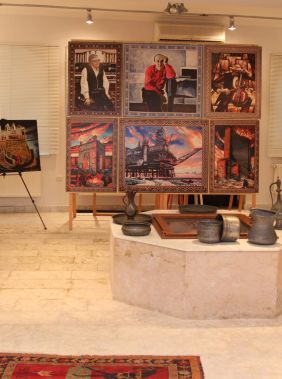
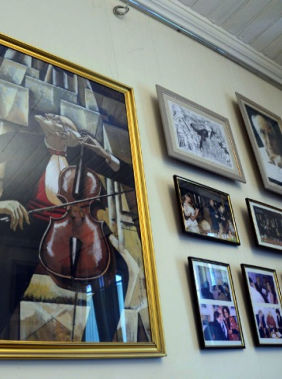
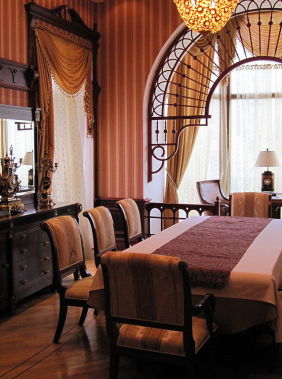
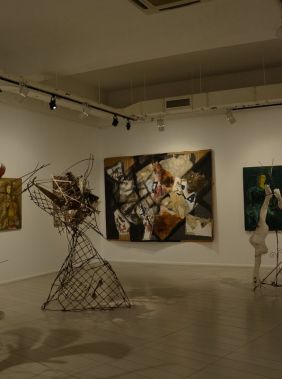
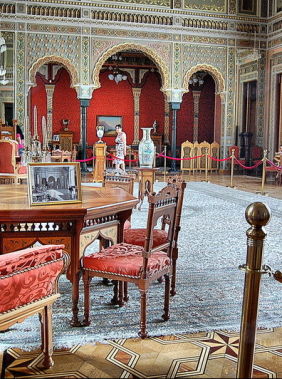
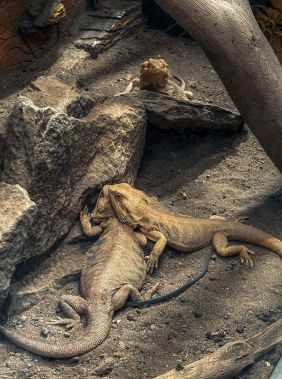
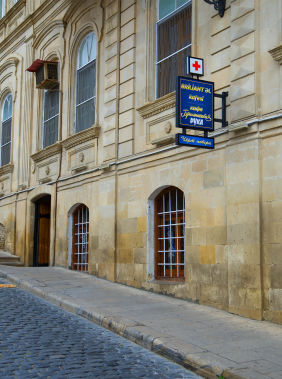
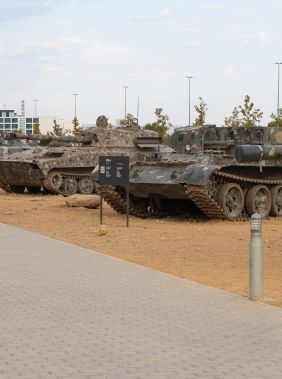

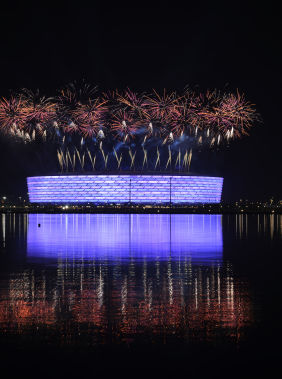
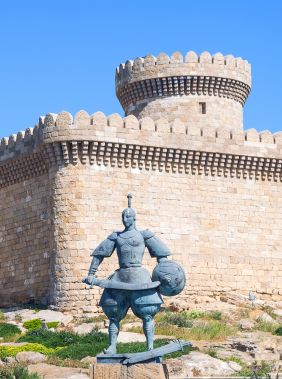
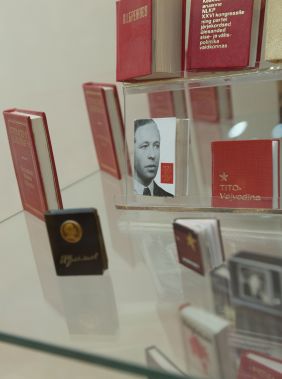

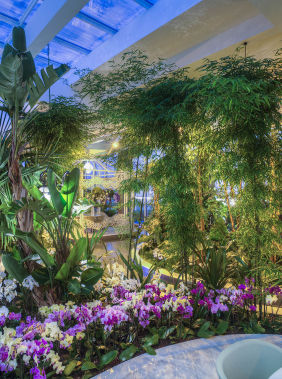
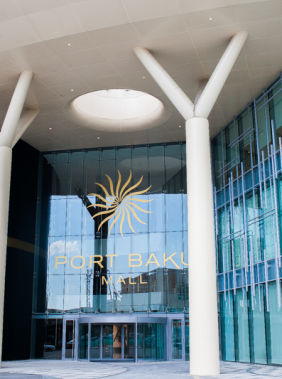

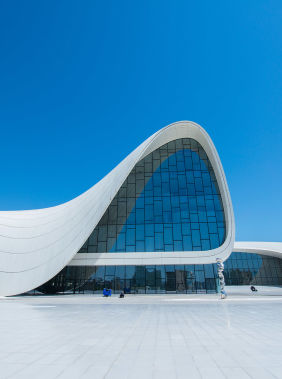
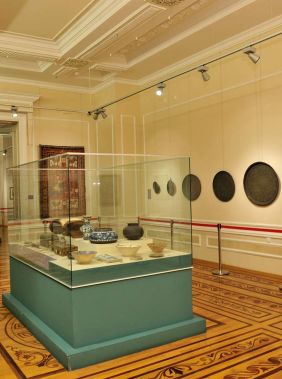



.jpg)
